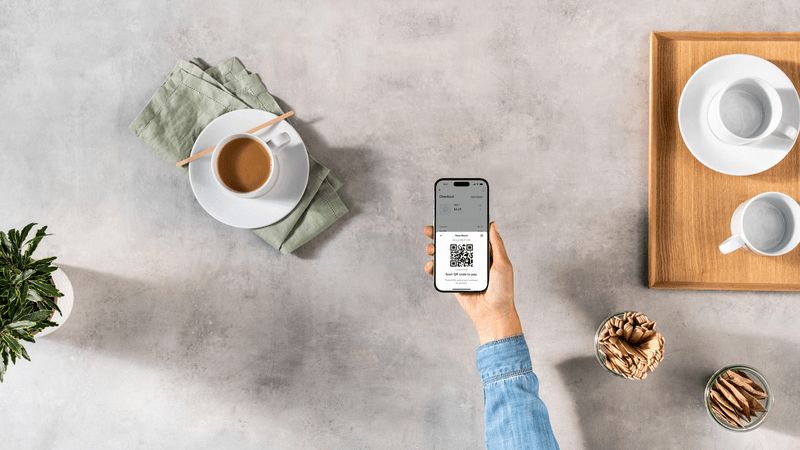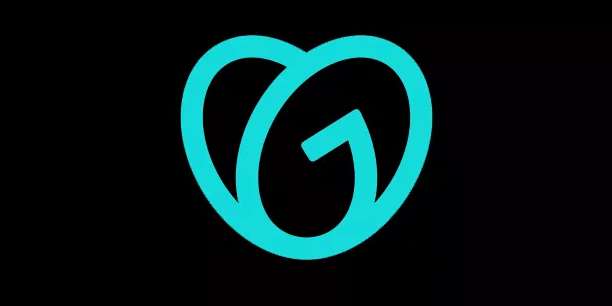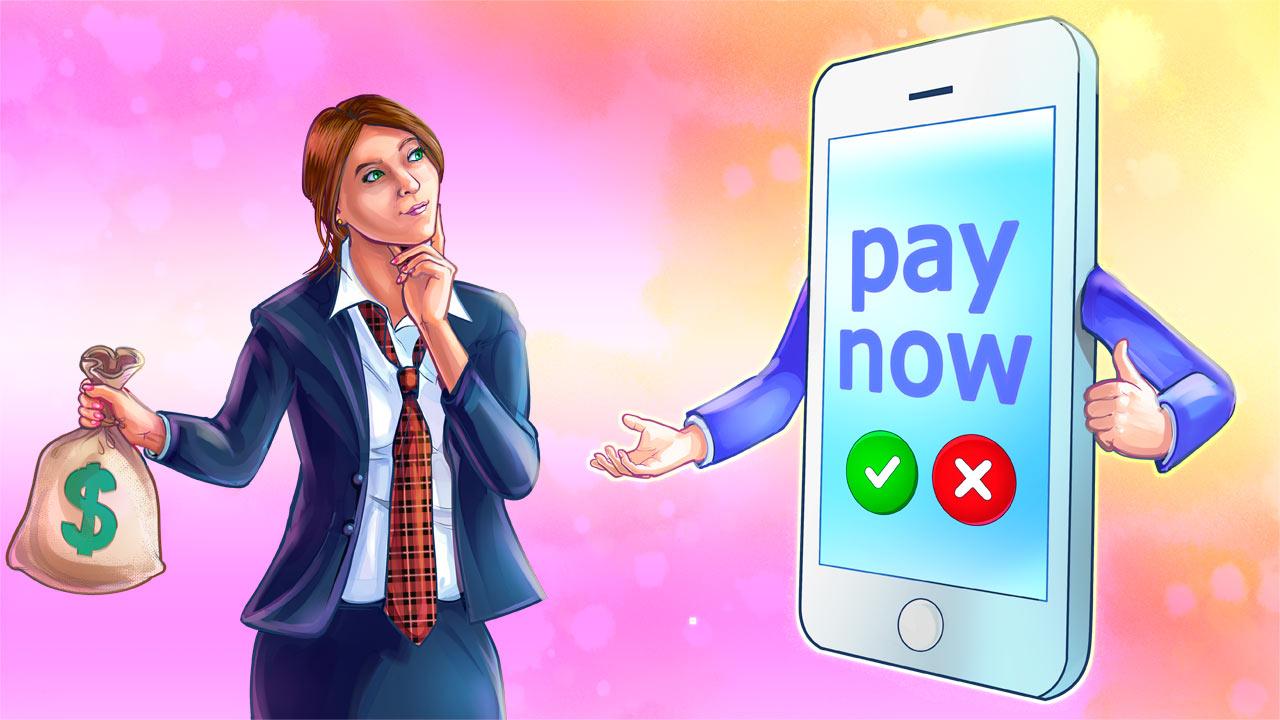Will a QR code for payments will help your venture? Well, consider this: According to recent data, roughly 41% of Americans say they no longer carry cash, while 98% of them say they do carry a mobile phone.
When you depend on customers making cash purchases, it can leave a lot of revenue on the table. But if you set up a QR code for payment, you expand your base of potential buyers – to pretty much everyone.
Fortunately, it’s easy to learn how to get this going. Let’s start with some of the basic info, and then we’ll walk through the setup process for this vital piece of business technology.
What is a QR code?
Basically, a QR code – short for “quick response” – is very similar to the UPC barcodes you see at the supermarket (beep!). However, because they use a more complex matrix, QR codes can deliver far more information, and direct users to a website or online application.
Invented in 1994, QR codes were originally designed for use in the automotive industry. But people quickly realized how useful they were and started using QR codes in other industries. For payments, QR codes represent a digital solution that has the same role as the physical POS systems that most stores have (see what is a POS system and how it works).
Today, you’ll see QR codes used in all kinds of ways – from restaurants displaying their menus online, to merchants using QR codes for payments, like event coordinators, fundraising orgs, pop-ups and farmers markets. You’ll often see these vendors print out QR codes and place them on posters for easy access.
According to a 2022 survey by Statista, over 40% of smartphone users in the United States have scanned a QR code in the past year, indicating the growing popularity of this technology.
Mechanics and functionality of QR codes
QR codes are able to store payment information in a machine-readable format. They use a matrix of black and white dots to encode data, which is then read by a smartphone camera and interpreted by QR reader apps. The payment details stored in the QR code allow the transaction to be processed securely without the need for cash or physical cards.
How are QR code payments helpful to your business?
- Implementing QR code payments helps small businesses adapt to the rise of mobile transactions and non-cash payments.
- They enable fast, contactless transactions, speeding up the checkout process for customers.
- QR codes increase customer engagement by allowing seamless mobile interactions and payments.
- QR codes provide enhanced marketing and analytics by allowing businesses to track transactions and customer behavior.
- QR code payments improve security over accepting cash by reducing cash handling and risks associated with physical currency.
- Using QR codes for payments reduces human errors that can occur with manual cash transactions.
- They are easy to set up with minimal requirements.
Pretty cool features, to be sure. Now that we’ve explored how QR code payments can help your business, let’s learn how to set them up.
How to generate a QR code for payments
Now that we’ve gone through some of the basic information about QR code for payments, let’s run through setting it up. Generally, it’s not too complicated at all.
Step 1: Choose and sign up for a payment processor
Do some research and find the best payment processor that meets the needs of your business. Make sure it includes an option for QR code payments.
Customization — Options for customizable QR codes, dynamic codes and analytics
Cost — As for cost, providers generally charge a percentage plus a small amount for each transaction processed. Learn how credit card processing fees work. If you need hardware like a payment terminal, you will likely need to pay for that, as well.
Reliability and uptime — Ensure the provider has high uptime and reliability. Transaction failures or errors due to system outages will negatively impact customers.
Wide compatibility — The QR code payment solution should work seamlessly across different payment apps and platforms. This increases convenience for customers.
Security — Security of transactions and customer data is critical. The provider should use encryption and other measures to protect sensitive information.
Easy integration — The QR payment solution should integrate easily with the business's existing systems like POS terminals and accounting software. This minimizes disruption.
Analytics and reporting — Comprehensive analytics and reporting allow businesses to track transaction volumes, sales data, and other metrics. This helps optimize operations.
Customer Support — Good customer service support is vital, especially when issues arise. This includes setup assistance, technical support, and customer service.
Customization — Options for customizable QR codes, dynamic codes and analytics.
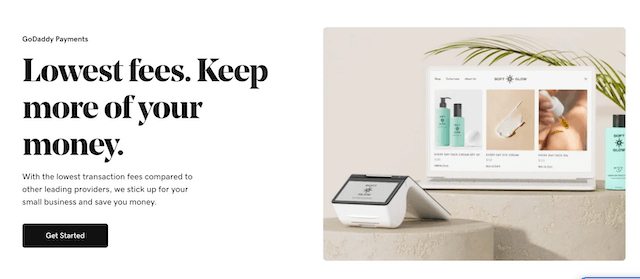
Step 2: Download the mobile app
Most of your better payment gateways will have an app that lets you process transactions on your mobile device. Just zip over to the marketplace for Android or iOS, and then download the app on the mobile devices you use for business. You’ll also find the option to download your Pay Links as a QR Code.
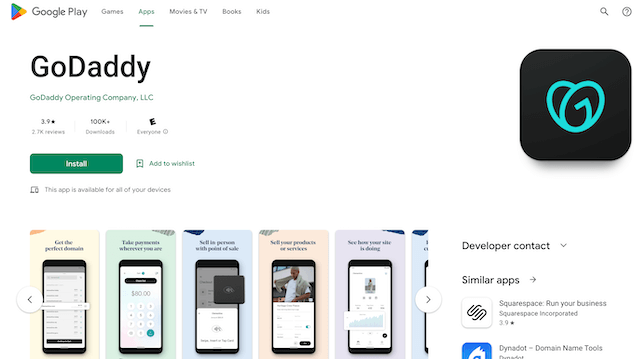
Step 3: Set the payment method to QR code
The default setting for your payment gateway will likely be to accept credit card payments, but you can toggle an option for QR code payments. Set that option, double-check your settings, and the QR code should be linked to your bank account.
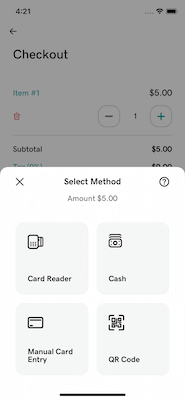
Step 4: Present the QR code to customers
When your customers are ready to make payments, present the QR code and let them scan it with the camera on their mobile devices. Boom, done. You’ve successfully set up a QR code for payment. Nice work!
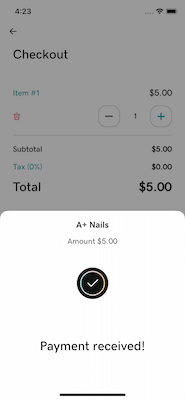
Best practices for using QR codes
QR codes are a powerful tool for connecting your customers to digital content quickly and easily. To get the most value — and avoid common pitfalls — it’s important to follow a few best practices. Here are some essential tips to ensure your QR codes are effective.
Visibility and placement
- Make the QR code highly visible with bold colors, borders, and ample white space so customers can easily identify it.
- Place it in convenient, logical locations like near registers, on tables, on invoices, and on signs/menus. Avoid cramped spaces.
Mobile optimization
- Ensure the QR code is sufficiently large for mobile screens and the area is well-lit.
- Test scannability on mobile devices from different angles. Confirm it directs to the right payment portal.
Security
- Use dynamic QR codes that change with each transaction or expiration date. This improves security.
- Monitor analytics to detect suspicious activity and troubleshoot any usage issues.
Customer guidance
- Provide clear calls to action so customers know to scan the code to pay. Use text, graphics, or audio prompts.
- Maintain clean signage and replace any worn/damaged codes that are hard to scan.
Continuous improvement
- Continuously refine placement and presentation based on real-world usage analytics.
- Stay on top of code condition and replace aging signage for optimal scannability.
Closing thoughts on the QR code for payments
By setting up the QR code for payments, you’ve created a win-win situation: Your customers now have an additional payment option, and a convenient way to make payments and you’ve expanded your potential sales. Way to be nimble with your technology!
